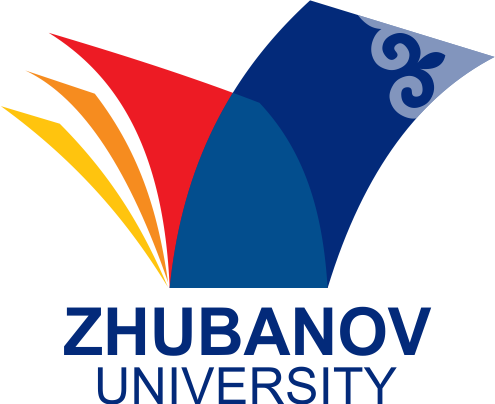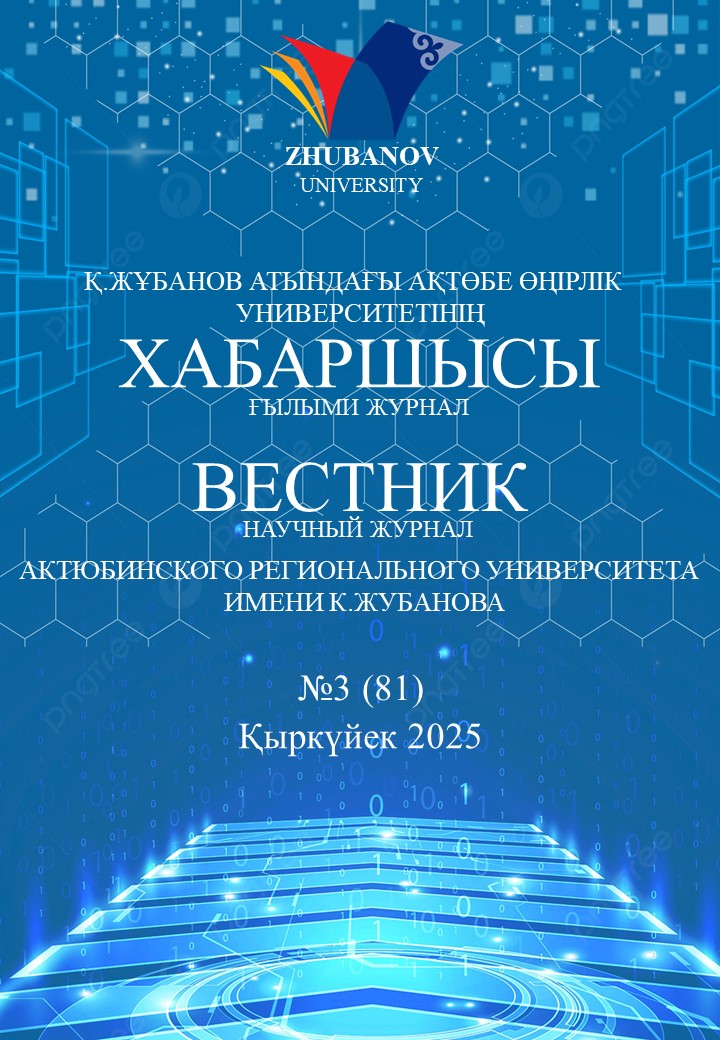В статье рассматриваются особенности преподавания русского языка студентам-билингвам, анализируются ошибки, вызванные действием интерференции. Авторы описывают подходы ряда ученых касательно ключевых понятий данной статьи – билингвизма и интерференции, излагают сведения о видах билингвизма. Тема контактирования языков и взаимодействия представителей разных этносов является актуальной для полиязычного и поликультурного казахстанского общества. Нахождение Казахстана в составе СССР в течение длительного времени способствовало активному проникновению русского языка во все сферы жизни человека. Характеризуя современную языковую ситуацию РК, необходимо отметить функционирование русского языка как языка-партнера.
Для выявления специфики употребления русского языка в современном социуме Казахстана нами был проведен анализ речи двуязычных обучающихся, что дало возможность классифицировать допущенные ими нарушения норм русского литературного языка и разработать с учетом обнаруженных трудностей комплекс заданий. Для устранения помех и неточностей, возникающих в процессе построения речевого высказывания, предлагаются различные методы, среди которых коммуникативный, творческий, проблемный. В результате выполнения упражнений, охватывающих все виды речевой деятельности (аудирование, говорение, чтение, письмо), у студентов происходит развитие лингвистической, социокультурной, коммуникативной компетенции, улучшаются навыки межкультурного общения, формируются умения адекватного речевого поведения в различных сферах.
ВАХИТОВА Т.Ф.
Кандидат филологических наук, старший преподаватель, Актюбинский региональный университет имени К. Жубанова, г. Актобе, Казахстан.
Е-mail: tanzilusha_v@mail.ru, https://orcid.org/0000-0002-7473-4336
ХАЙРУЛЛИНА Р.Х.
Доктор филологических наук, профессор, Башкирский государственный педагогический университет имени М. Акмуллы, г. Уфа, Российская Федерация.
Е-mail: rajhan@mail.ru, https://orcid.org/0000-0001-7978-2225
- Арефьев А.Л., Бахтикиреева У.М., Синячкин В.П. Проблемы билингвизма в системе школьного языкового образования Республики Тыва / Новые исследования Тувы. – 2021. – № 1. – С. 255-272. DOI: https://doi.org/10.25178/nit.2021.1.14
- Вайнрайх У. Языковые контакты: Состояние и проблемы исследования / Киев: Вища шк., 1979. – 140 с.
- Курманова Б.Ж., Утегенова А., Исламгалиева В.Ж. О формах существования казахского и русского языков в языковой ситуации Актюбинской области / Вестник Евразийского гуманитарного института. – 2022. – № 3. – С. 50-61
- Сулейменова Э.Д., Смагулова Ж.С. Языковая ситуация и языковое планирование в Казахстане / Алматы: КазНПУ им. Абая, 2018. – 344 с.
- Баутиста Х., Мурадымова Л., Плеухова Е. Феномен приобретенного билингвизма (на примере испанского и русского языков) / Филология и культура. Рhilology and Culture. – 2022. – №1 (67). – С. 74-82
- Аврорин В.А. Двуязычие и школа / Проблемы двуязычия и многоязычия. – 1972. – №3. – С. 49-62.
- Карлинский А.Е. Основы теории взаимодействия языков / Алма-Ата: Галым, 1990. – 181 с.
- Залевская А.А. Актуальные проблемы двуязычия: обзор / Вестн. ТвГУ. Сер. Филология. Лингвистика и межкультурная коммуникация. – 2008. – № 13. – С. 125-144.
- Сконечный Т.Г. Билингвизм, мультилингвизм, полилингвизм: современные европейские исследования / Молодой ученый. – 2018. – № 12. – С. 193-195.


